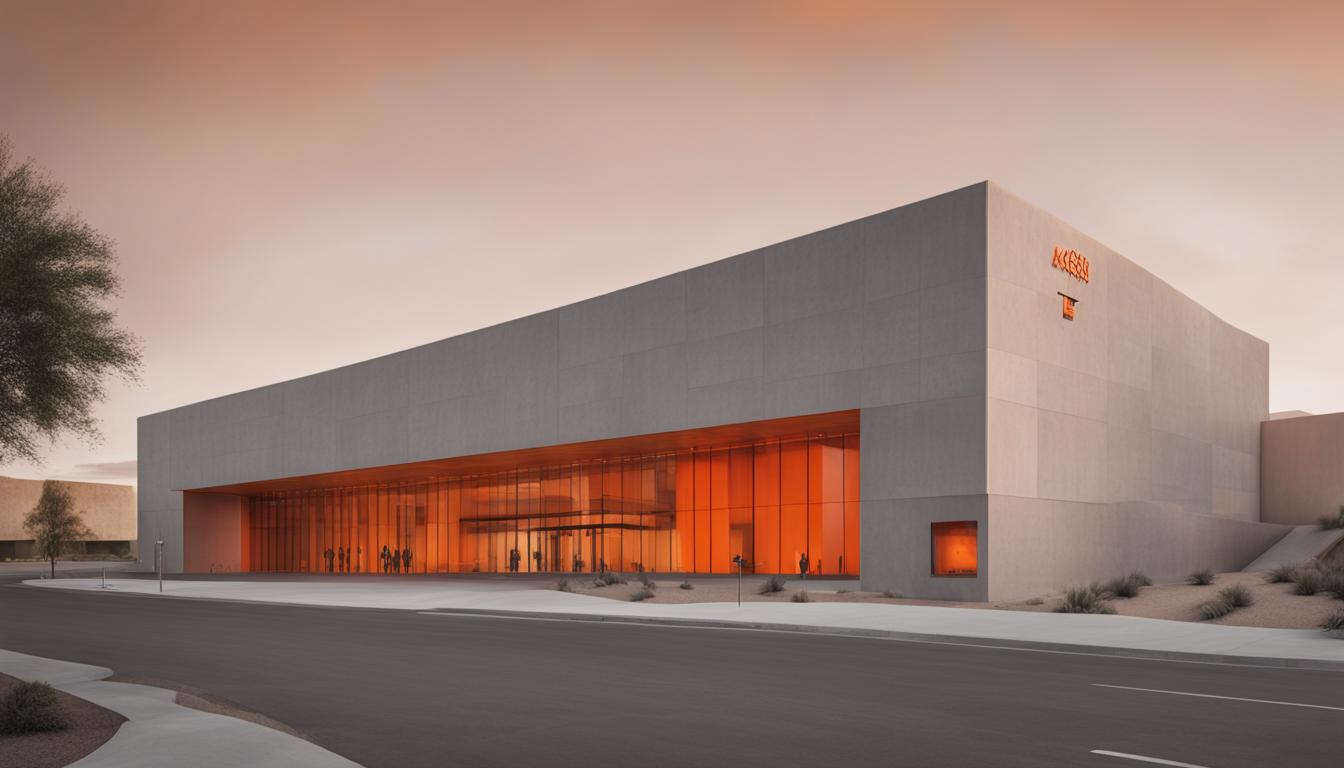Sebastian Corral, who joined the Bracero program in 1951 at the age of 18, recalls the stringent and often dehumanizing selection process he underwent at the Rio Vista Bracero Reception Center in Socorro, Texas. As part of the recruitment criteria, workers' hands were inspected for calluses to determine their suitability for agricultural labor. The program, established in 1942 to address labor shortages during World War II, saw Mexican nationals working in the U.S. under temporary labor contracts until its conclusion in 1964.
Corral detailed the invasive procedures involved in the hiring process, including being stripped, sprayed with DDT insecticide, and subjected to medical examinations designed to prevent the spread of diseases. These practices left many participants feeling humiliated.
Recently, the Rio Vista site, comprising 21 buildings, was designated a national historic landmark, with plaques unveiled in both English and Spanish to acknowledge its significance in U.S. agricultural and Latino history. The site is one of 16 new historic landmarks recognized by the National Park Service in 2023. Local officials in Socorro plan a $30 million renovation of the site that could include a museum and community facilities.
The Bracero program, despite its contribution to U.S. agriculture, was marked by exploitation and poor working conditions, a fact highlighted by scholars and reported in the oral histories of participants. Despite these challenges, Corral, who eventually settled in the U.S. and gained citizenship in 2022, speaks of the opportunity the program provided for economic advancement for his family.
